Information material of Osaya Cooperative in Kaili, Kenya double fermentation by Kenyan washing method

For professional baristas, please follow the coffee workshop (Wechat official account cafe_style)
A brief introduction to Kenya
Kenya is located in eastern Africa and became independent from Britain on December 12, 1963.
Kenya is a member of the East African Community, and the five countries of the East African Community proposed to merge into a unified federal state in 2015. The federation will have a common constitution, president, parliament and currency.
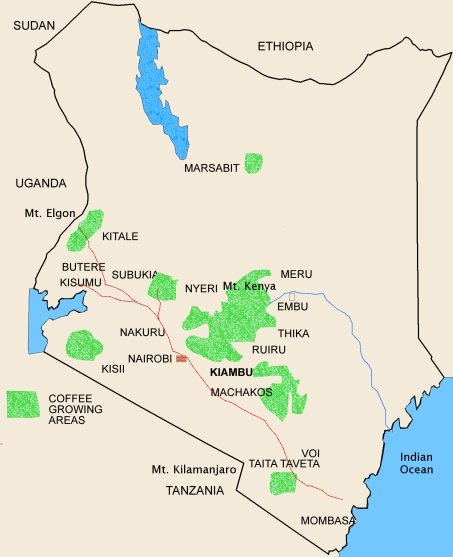
The delicacy and special flavor of Kenyan coffee
Although Kenya and Ethiopia are adjacent to each other and both are big coffee producers in Africa, there are obvious differences in coffee varieties and flavors. Kenyan coffee is mainly characterized by its strong berry aroma, grapefruit and black plum acidity, sugarcane sweetness, layered and moderate mellow, so it is loved by many coffee lovers.
Because the equator runs through the middle of the country, and the overall border is within 10 degrees north and south latitude, Kenya has two rainy seasons every year and can harvest coffee twice. Coffee is mainly grown in volcanic areas 1600-2100 meters from the capital Nairobi to the mountains of Kenya, as well as Mount Elgon on the border with Uganda.
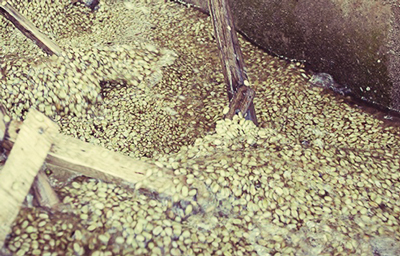
The special flavor of Kenyan coffee comes from two unique ways:
A unique variety
Although Kenya has introduced bourbon species, India's Kent, and Jamaica's Blue Mountain Tibica, the world-famous bourbon varieties SL28 and SL34 first appeared in Kenya in the 1930s. These two varieties give Kenyan coffee a unique sour BlackBerry flavor.
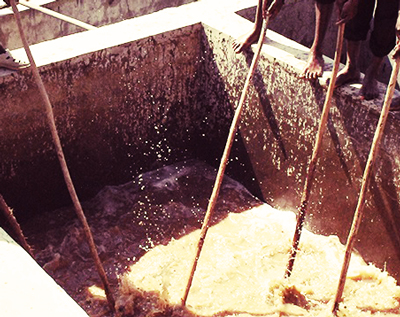
Kenyan washing method
Kenyan coffee is famous for its rich layers and clean taste. Its unique Kenyan-style water washing method goes through two water-washing and fermentation procedures, commonly known as "double fermentation". It is a rather complicated but delicate method of raw bean treatment. This treatment is more time-consuming and water-consuming than ordinary water washing, so Kenyan coffee is more expensive, but it is also an indispensable method to create a unique sour flavor and clean taste of Kenyan coffee.
First washing and fermentation
After the coffee cherry harvest, the beans will first be picked by the specific gravity of the water flow; the principle is that the coffee fruit itself is screened by the difference in density and quality; the coffee beans with high density (heavy weight) will sink into the water, while the coffee beans with low density will float. The coffee fruits with high mature quality have high density, so they are screened out for further treatment.
After the high-quality and ripe fruits are selected, the peel is removed, washed and soaked, and the pectin mucus attached to the outer layer of raw beans is fermented. Pectin has natural sugars and alcohols, which play an important role in the development of sweetness, acidity and overall flavor of coffee.
The fermentation time is as long as 24 hours. after fermentation, 80% of the pectin can be removed, leaving only the flavor in the coffee beans.
The second washing and fermentation
Then enter the second washing and fermentation process. After the coffee beans in the previous stage are cleaned, they are soaked in water for 12 hours and 24 hours. This process increases proteins and amino acids, and the acidity of coffee beans creates complex and delicate layers of taste.
Finally, remove all the remaining pectin and move the coffee beans to a high shelf for sun drying, depending on the weather, which usually takes about 5 to 10 days to complete.
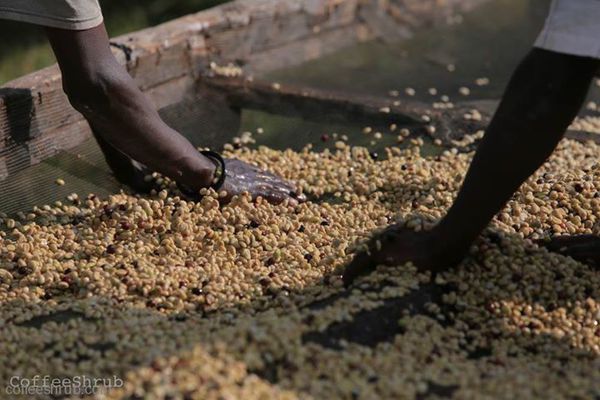
Introduction of the Osaya Cooperative in Kenya:
Osaya Cooperative is one of the large cooperatives in Kenya, with 19 processing plants, such as Gatugi, Kamoini, Ichamama and so on.
In order to improve yield and production quality, hire consultants to do agronomic and harvest training; have their own nursery gardens and laboratories, and constantly develop new coffee varieties (ex. Batian) was used for planting experiment. Osaya cooperatives have their own planting technology and marketing licenses, they can trade with the international market on their own, and they are also a member of the Kenya Coffee Cooperative Export Organization (Kenya Cooperative Coffee Exporters, referred to as KCCE), so they can export coffee directly in the name of KCCE without having to go through the NCE (official) bidding association.
Description of double hand-picked batches of coffee from Katuyani AB TOP, a cooperative in Kariosaya, Kenya
Product name: Kenya Nyeri Othaya FCS Gatuyaini AB TOP double handpicking
Land: Nyeri
Cooperative: Othaya FCS
Processing plant: Gatuyaini
Grade: AB TOP, double hand-picked
Management: Kenyan style washing
Flavor description: dry fragrance is floral, cranberry, lime, chocolate, green plum, citrus, lemon, round, thick and sweet taste.
Important Notice :
前街咖啡 FrontStreet Coffee has moved to new addredd:
FrontStreet Coffee Address: 315,Donghua East Road,GuangZhou
Tel:020 38364473
- Prev
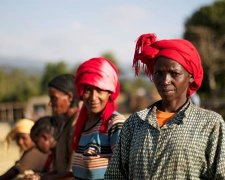
Introduction to the Origin of Woka-Guodingding Village in Ethiopia the common classification of raw beans in Ethiopia
For the exchange of professional baristas, please pay attention to the origin of the Gutiti village of the coffee workshop (Wechat official account cafe_style): nothing in recent years is the most anticipated Ethiopian coffee by Taiwan's boutique coffee lovers than the sun-tanned Yegashev in the Waka area. There are several common categories in Ethiopia at present: (1) four major producing areas divided by ECX export regulations
- Next
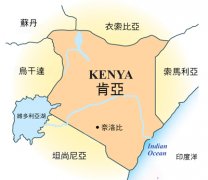
Kenya Wuxiaofu processing Plant Information material East Africa Taste of Harvest Kenya No. 5
Please pay attention to the exquisite and special flavor of Kenyan coffee in the coffee workshop (Wechat official account cafe_style) although Kenya and Ethiopia are adjacent to each other, both of them are major coffee producers in Africa, but there are obvious differences in coffee varieties and flavors. The main features of Kenyan coffee are bright and rich berry aromas, acidity of grapefruit and black plum, sweet.
Related
- Detailed explanation of Jadeite planting Land in Panamanian Jadeite Manor introduction to the grading system of Jadeite competitive bidding, Red bid, Green bid and Rose Summer
- Story of Coffee planting in Brenka region of Costa Rica Stonehenge Manor anaerobic heavy honey treatment of flavor mouth
- What's on the barrel of Blue Mountain Coffee beans?
- Can American coffee also pull flowers? How to use hot American style to pull out a good-looking pattern?
- Can you make a cold extract with coffee beans? What is the right proportion for cold-extracted coffee formula?
- Indonesian PWN Gold Mandrine Coffee Origin Features Flavor How to Chong? Mandolin coffee is American.
- A brief introduction to the flavor characteristics of Brazilian yellow bourbon coffee beans
- What is the effect of different water quality on the flavor of cold-extracted coffee? What kind of water is best for brewing coffee?
- Why do you think of Rose Summer whenever you mention Panamanian coffee?
- Introduction to the characteristics of authentic blue mountain coffee bean producing areas? What is the CIB Coffee Authority in Jamaica?

